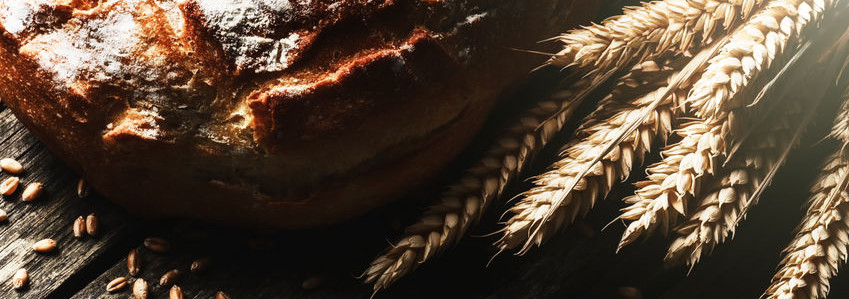
Let’s dive into the science of cultured wheat for a minute. Thanks to fermentation, an ordinary wheat takes on extraordinary powers, becoming a natural mold inhibitor and shelf life extender!
So here are three ways science makes this form of wheat awesome:
1. Fermentation
Cultured wheat is flour that’s been fermented with Propionibacterium freudenreichii, usually found in cheese and milk production. It is based on active compounds, such as propionic, acetic and 3- phenyllactic acids, as well as bacteriocins.
2. Lactic acid
With this ingredient, lactic acid does not interfere with the functions of yeast in bread, allowing the bread to rise normally.
3. Clean label
Thanks to the two reasons above, it does a lot in your baked goods, such as:
- Texture-building
- Anti-staling
- Fights bacteria, yeast and molds
And it does it all naturally, so you can replace common artificial bread preservatives that do the same thing.
How is cultured wheat different than sourdough?
Sourdough bread is prepared from a mixture of flour and water that is fermented with lactic acid bacteria (LAB), mainly with heterofermentative strains. A mixture of lactic acid and acetic acid in the final product causes a pleasant sour-tasting end product.
Sourdough also has the antibacterial and anti-mold activities due to the production of organic acids and other still unknown antibacterial substances produced from lactobacillus. Although the production process of sourdough and cultured wheat are similar, their roles are different. Sourdough is used for flavor enhancement and cultured wheat is used as a natural preservative.

